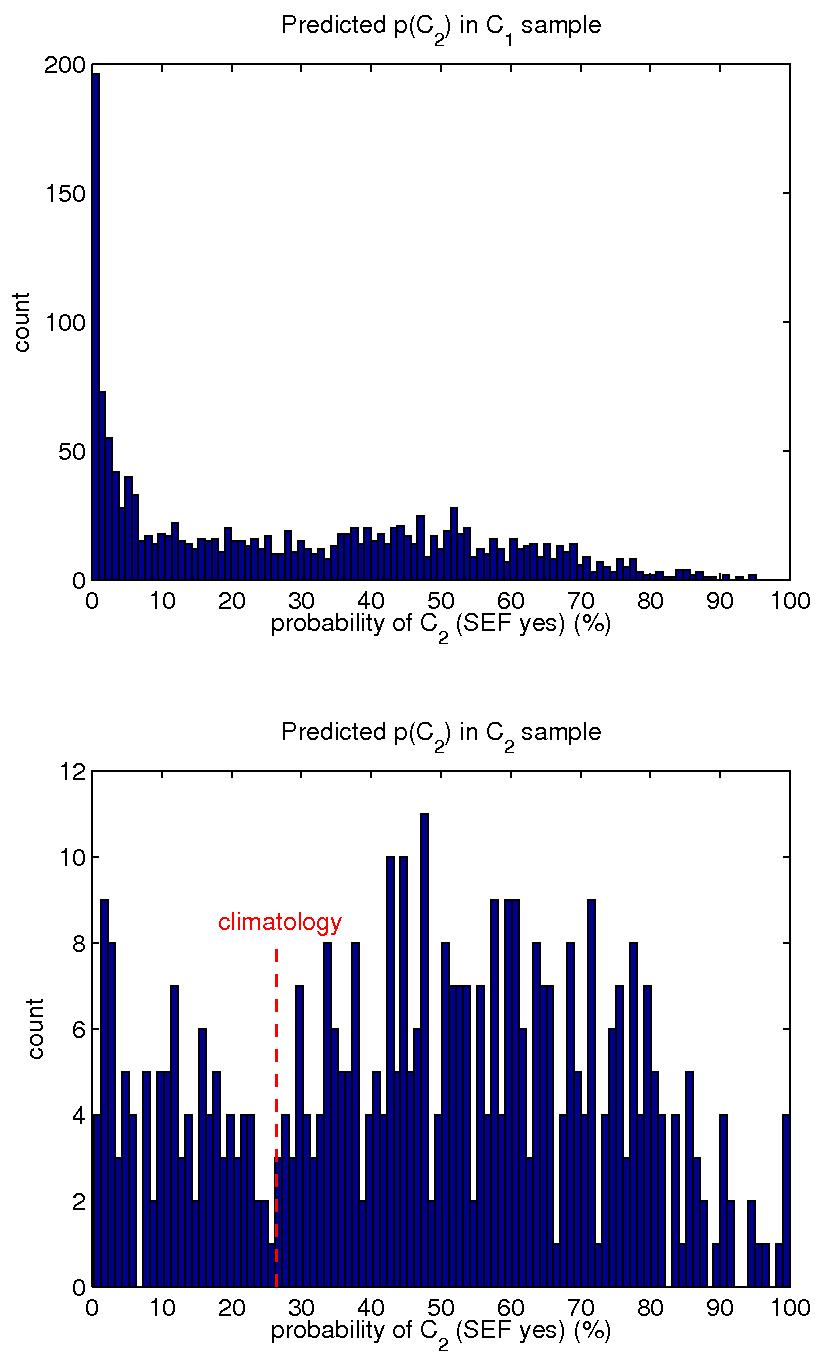
[ Archive ]

 |
ASPB and CIMSS Weekly Report
[ Archive ] |
 |
IN THE PRESS:
ITEMS FOR THE ADMINISTRATOR:
ITEMS FOR THE ASSISTANT ADMINISTRATOR:
ITEMS FOR THE OFFICE DIRECTOR, STAR:
CALIPSO Award: As part of the CALIPSO Science Team, A. Heidinger received a NASA "Group
Achievement Award". CALIPSO
is the Cloud-Aerosol Lidar and Infrared Pathfinder Satellite flying in
the NASA Earth Observing System (EOS) A-train. (A. Heidinger, E/RA2,
608-263-6757, andrew.heidinger@noaa.gov)
ITEMS FOR THE DIVISION CHIEF, CoRP:
New Objective Classifier for Identifying Secondary Eyewall Formation in Hurricanes: When hurricanes become intense, they sometimes form a second eyewall at some distance around their primary eyewall. This “secondary eyewall formation” (SEF) is generally the precursor to an eyewall replacement cycle. These cycles often cause dramatic and rapid changes in intensity and are very important to recognize in a forecasting setting. Hurricane Andrew’s rapid intensification to a Category-5 just prior to making landfall was due to an eyewall replacement cycle. At present, forecasters have no objective methods to help recognize SEF. We are creating an algorithm that will utilize environmental analyses and GOES infrared imagery, all readily available in an operational setting, to objectively diagnose SEF in real-time. Thus far, we have identified a number of environmental features that have a statistically significant relationship with SEF. These features are then used as input in a Bayesian Classifier that combines climatological probabilities with the probability density functions of the features separated by class. (J. Kossin, CIMSS, 608-265-5356, Matthew Sitkowski, CIMSS) (Click image to enlarge)
(Click image to enlarge)Other Meetings and Telecons:
None.
VISITORS:
NEXT WEEK:
LOOKING AHEAD:
| Archived Weeklies Page | Submit a report item |